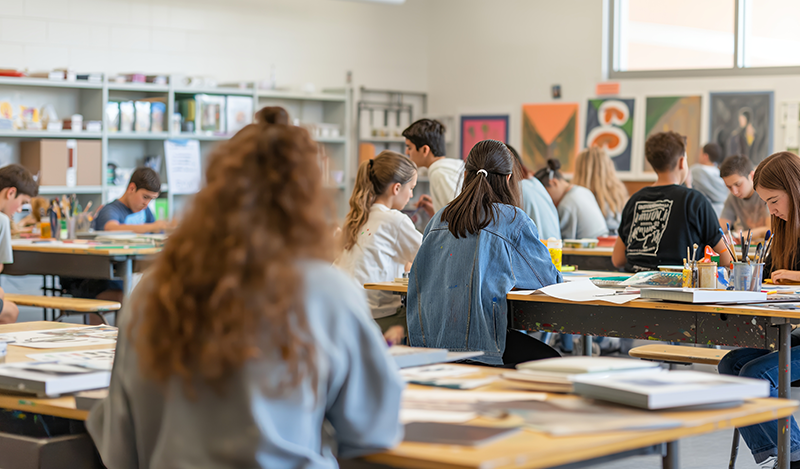Welcome to Our Research Archive
Search and filter by content type, issue area, author, and keyword
June 20, 2025
What Kids Need—and Adults Need to Know—to Combat the Youth Mental Health Crisis
…in classrooms but in young adult literature, such as the best-selling dystopian “Hunger Games” series, about teens who must fight one another to the death. Another popular book, “The Hate U…

June 20, 2025
Senate Embraces “Do No Harm” for Higher Education
…than three years: The median earnings of working former students six years after entry must exceed the median earnings of working bachelor’s degree holders aged 25 to 34 who are…

June 12, 2025
The Senate’s Higher Education Reforms Are Strong (But Could Be Stronger)
…for federal student loans if their former students’ earnings are too low. For undergraduate programs, median earnings of former students four years after exit must exceed the earnings of a…

May 7, 2025
Republicans Unveil Plan to Rein in Student Debt and Waste in Higher Education
…However, for the proposal to move forward, the Senate parliamentarian must rule that all provisions meet the requirements for inclusion under reconciliation rules—namely, that each change has a direct impact on…

May 5, 2025
What’s in House Republicans’ Student Loan Overhaul
…programs like medicine have a limit of $150,000. These loans are currently unlimited. Annual loan limits are equal to the median cost of attendance for similar programs nationally, minus any…

April 24, 2025
Not Local Enough: The Montgomery County Public Schools Case
…Ukrainian Orthodox parents, are looking to the nation’s highest court to discipline their local school board. Historically, it has been conservatives defending local government as a bulwark of democracy, while…

March 31, 2025
Reimagining Federal Education R&D: DARPA for Education
…but which has also advanced many civilian breakthroughs like the internet, GPS, advanced microprocessors, and Covid-19 vaccines. During the Biden administration, “DARPA envy” was widespread, and ARPA-like units were set…

March 20, 2025
To Transform K-12 Education, the Trump Administration Should Measure What Matters
…members live with the student, allowing children to choose multiple answers from the universe of mother, father, stepmother, stepfather, foster mother or other female legal guardian, or foster father or…

December 17, 2024
Make America Smart Again: The Jeopardy Test for Graduation
…Wasteland or the novel War and Peace? These are not trivia questions — the answers show preparation for understanding American race relations, the ennui of contemporary civilization, and the history of Russian warfare….

December 11, 2024
Some College Graduates Are Taking Lower-Paying Jobs
…assistants held a bachelor’s degree—but by 2023 that fraction had risen to 35%. This is especially concerning because secretaries earn a median salary of $46,010—below the median for all workers. Research from…